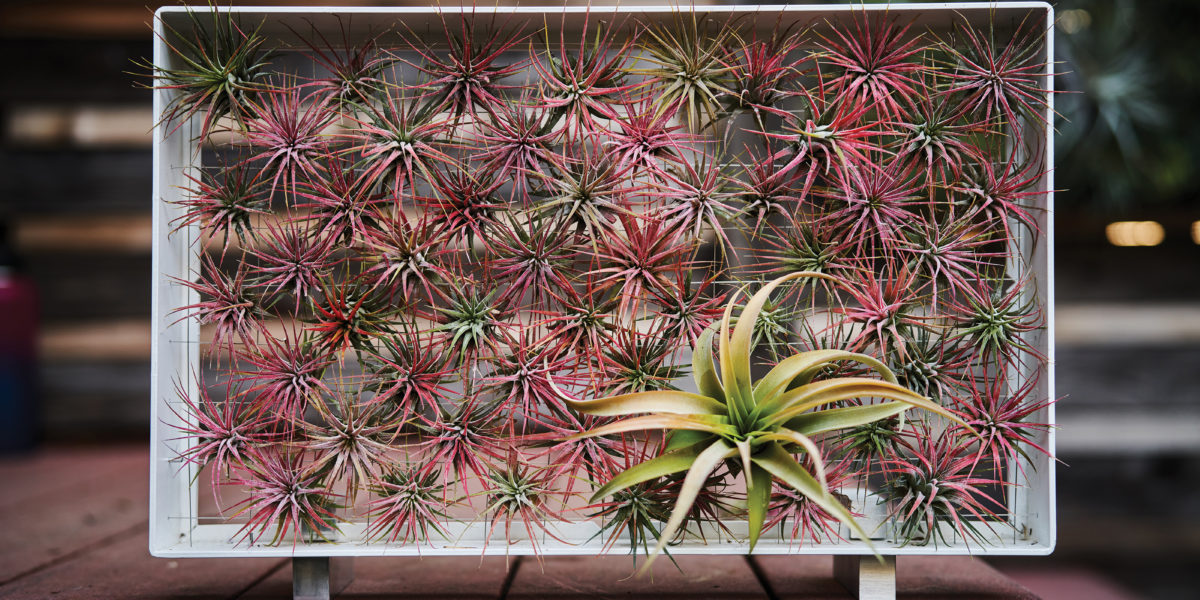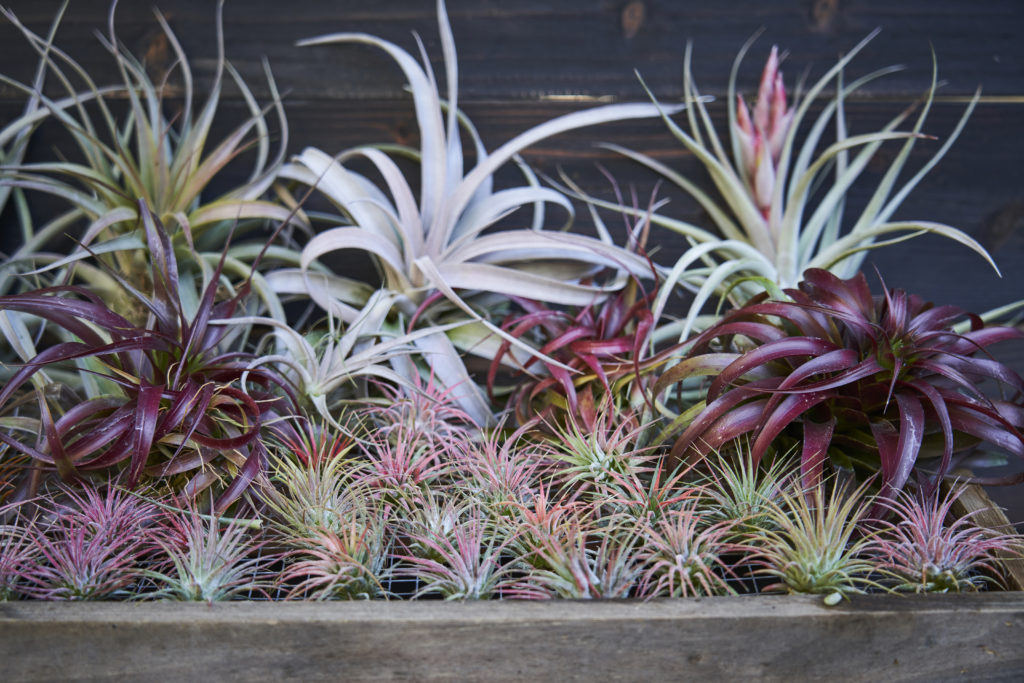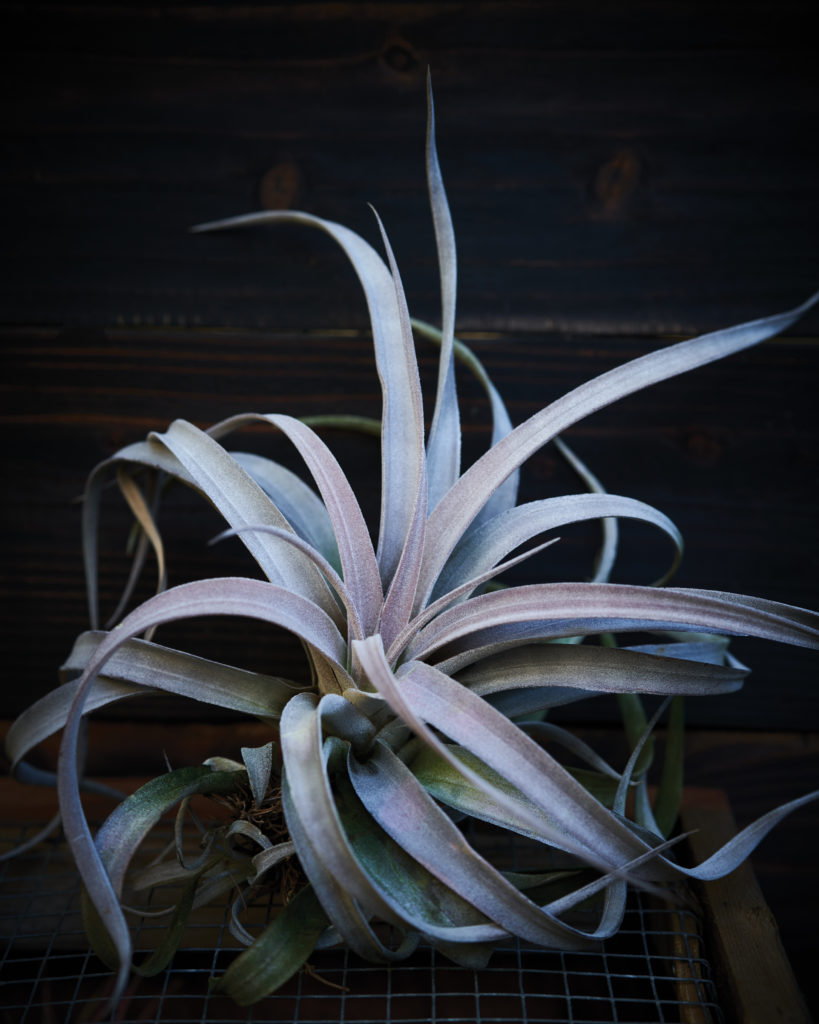
7 Simple Tricks to Caring for Air Plants
Air plants do, in fact, need water, nutrients, and attention. Here are Josh Rosen’s top tips to keep them alive.

Thomas J. Story
Josh Rosen, known as the “Airplantman,” works in a fantastical courtyard in Mar Vista, California, filled with hand-strung Tillandsia lanterns, custom air plant frames, and gallery walls filled with the greenery. The botanical rockstar (and landscape architect with the firm Studio Grey Green) became a collector and fell in love with the air plant after a trip to a nursery in Hawaii, and now he’s sharing his love for the plant with anyone and everyone.
“Air plants are so charismatic,” Rosen says. “They’ve got these weird shapes, and they look like aliens from another planet. I was like, ‘I need to get as many of these as I can.’”

Thomas J. Story
After Rosen moved to Los Angeles, he started an air plant business, selling frames, travertine vessels, lanterns, and more. He now does custom installations for businesses like the London Hotel, Quicksilver, and Starbucks.
Air plants are native to the Americas and use their roots to anchor themselves to trees, rocks, and even cacti thorns—without being parasitic. But despite the fact that they’re called air plants, they do need water and nutrients, which are absorbed via special scales on their leaves called trichomes.

Thomas J. Story
Luckily, Rosen has agreed to give us some pointers for keeping these plants alive. Read on for his air plant advice.
1. Air plants thrive outdoors, but if you want to keep them inside, make sure they have bright, indirect light.
2. Keep in mind that Tillandsia with gray leaves are more sun- and desert-adapted, while the ones with greener, wider leaves are more shade-adapted.
3. Rather than misting, give them a six- to 12-hour soak once a week. “I’ve hardened mine off with tap water, but ideally, you’d use filtered but not distilled water,” Rosen says.
4. After, make sure they have enough air circulation to dry completely.
5. If you find your air plant turns yellow and falls to pieces after a deep soak, it’s because it was already unhappy. “A shorter soak would have been better to revive it,” Rosen says.
6. Open a window—air plants love fresh air.
7. Don’t handle your air plants too much; the trichomes can react to the oils in your skin.

Thomas J. Story
Read the Current Issue Here!
Get one year of Sunset—and all kinds of bonuses—for just $29.95. Subscribe now!
